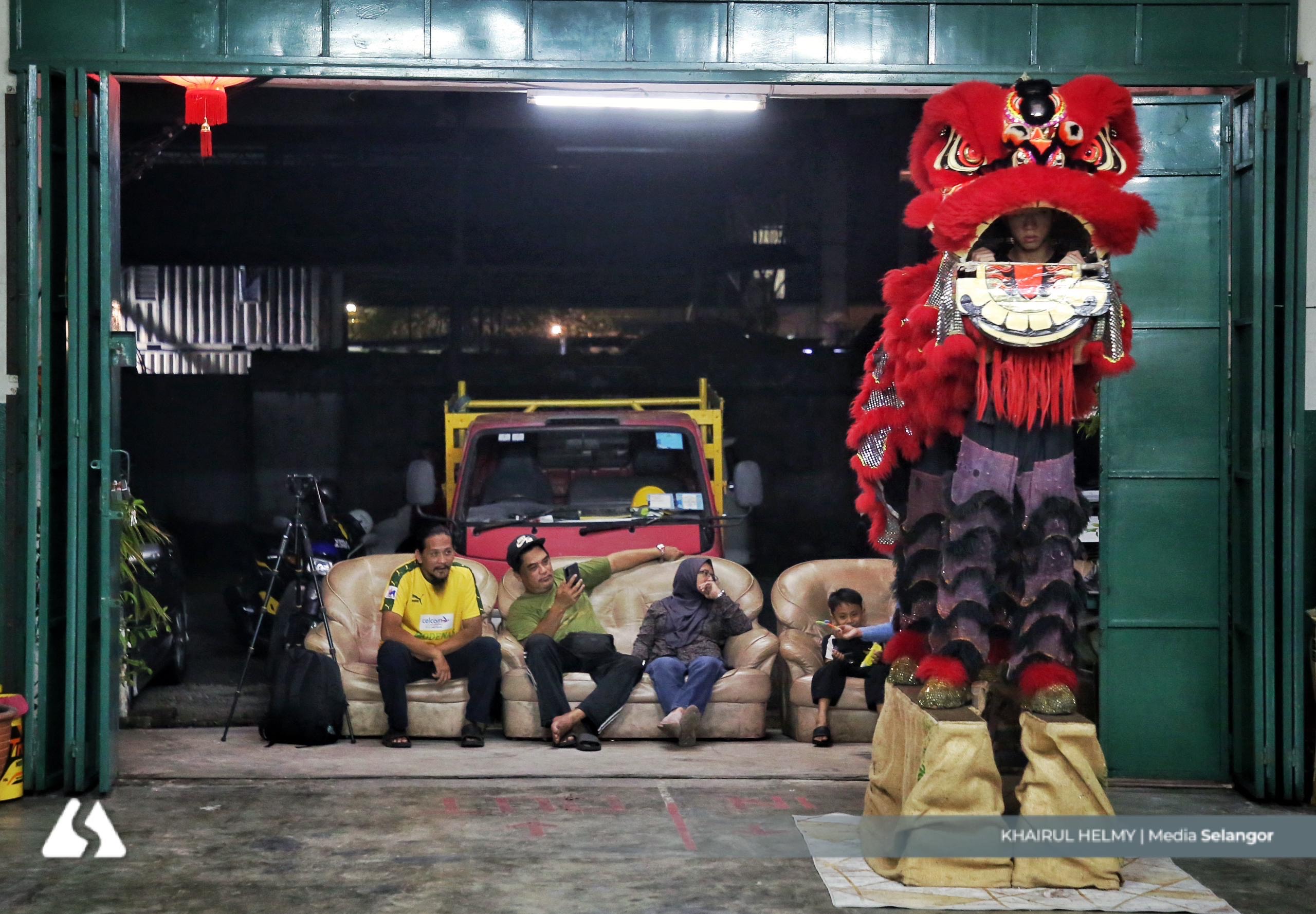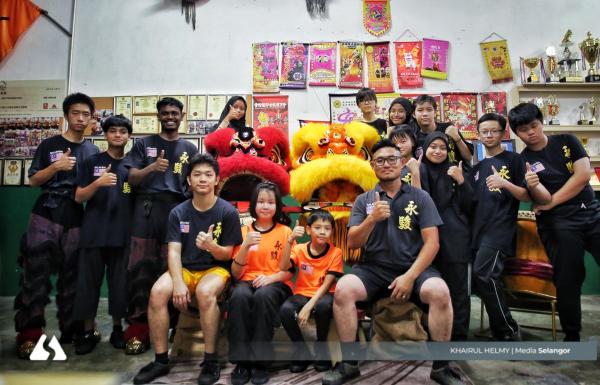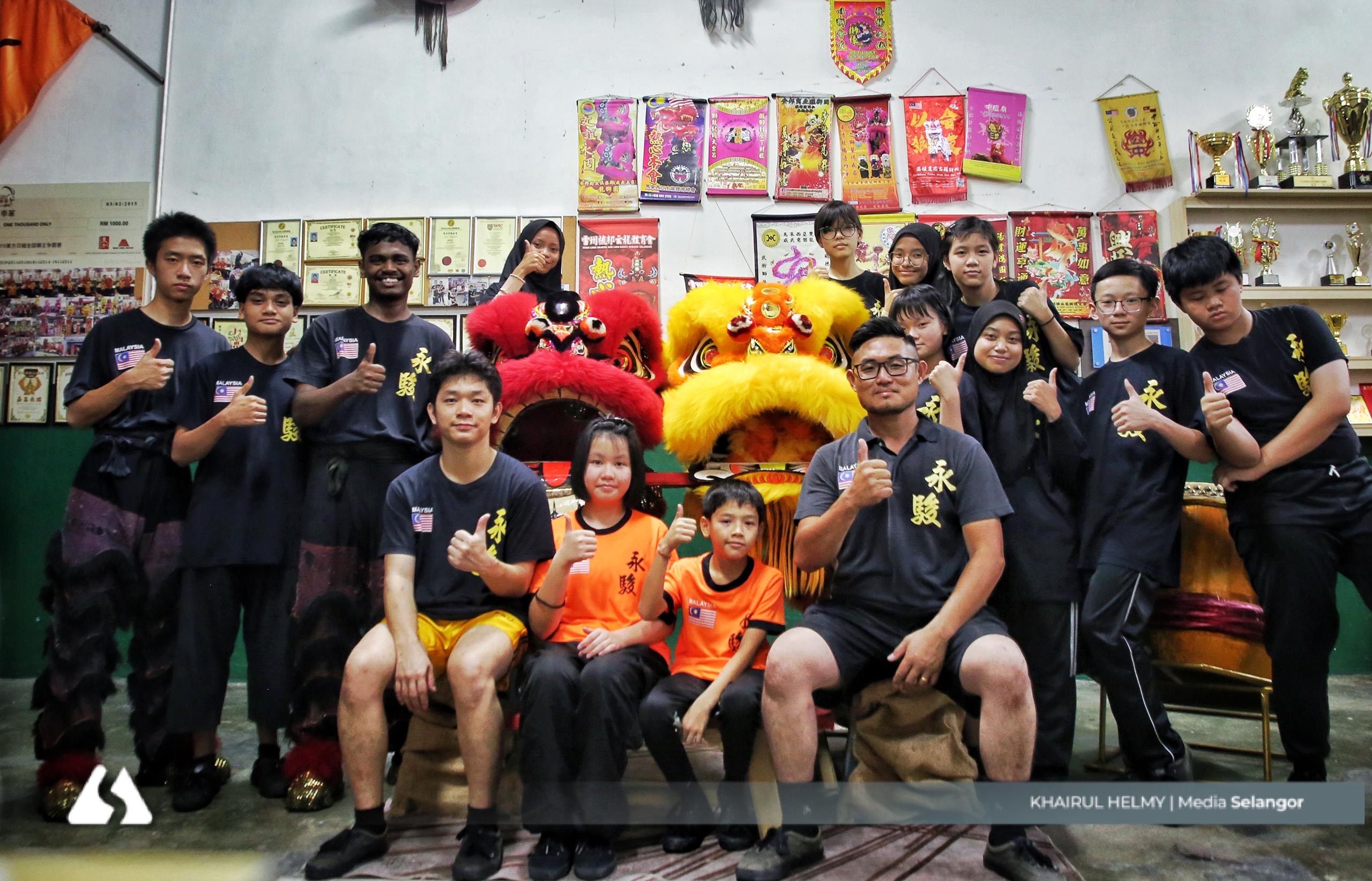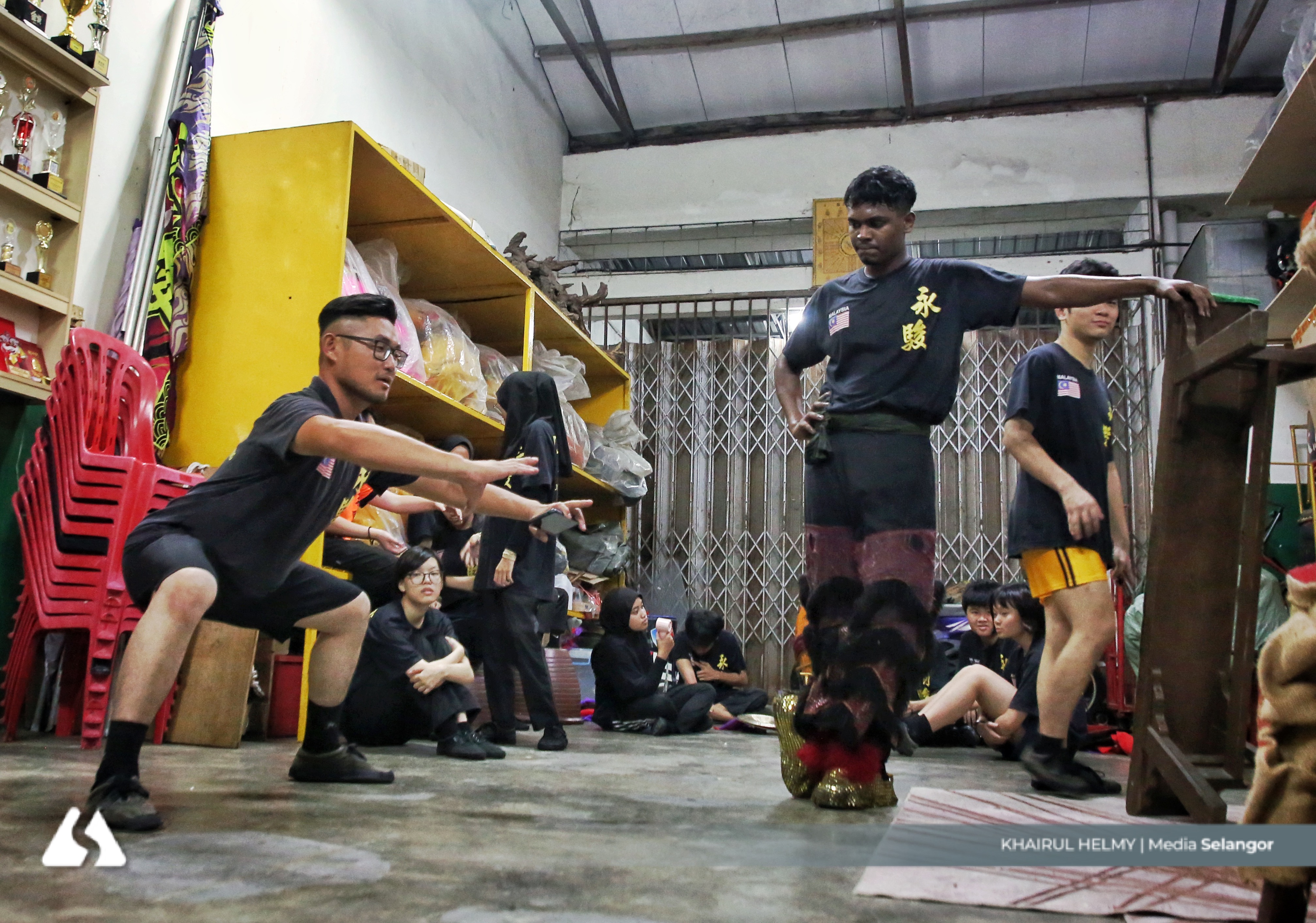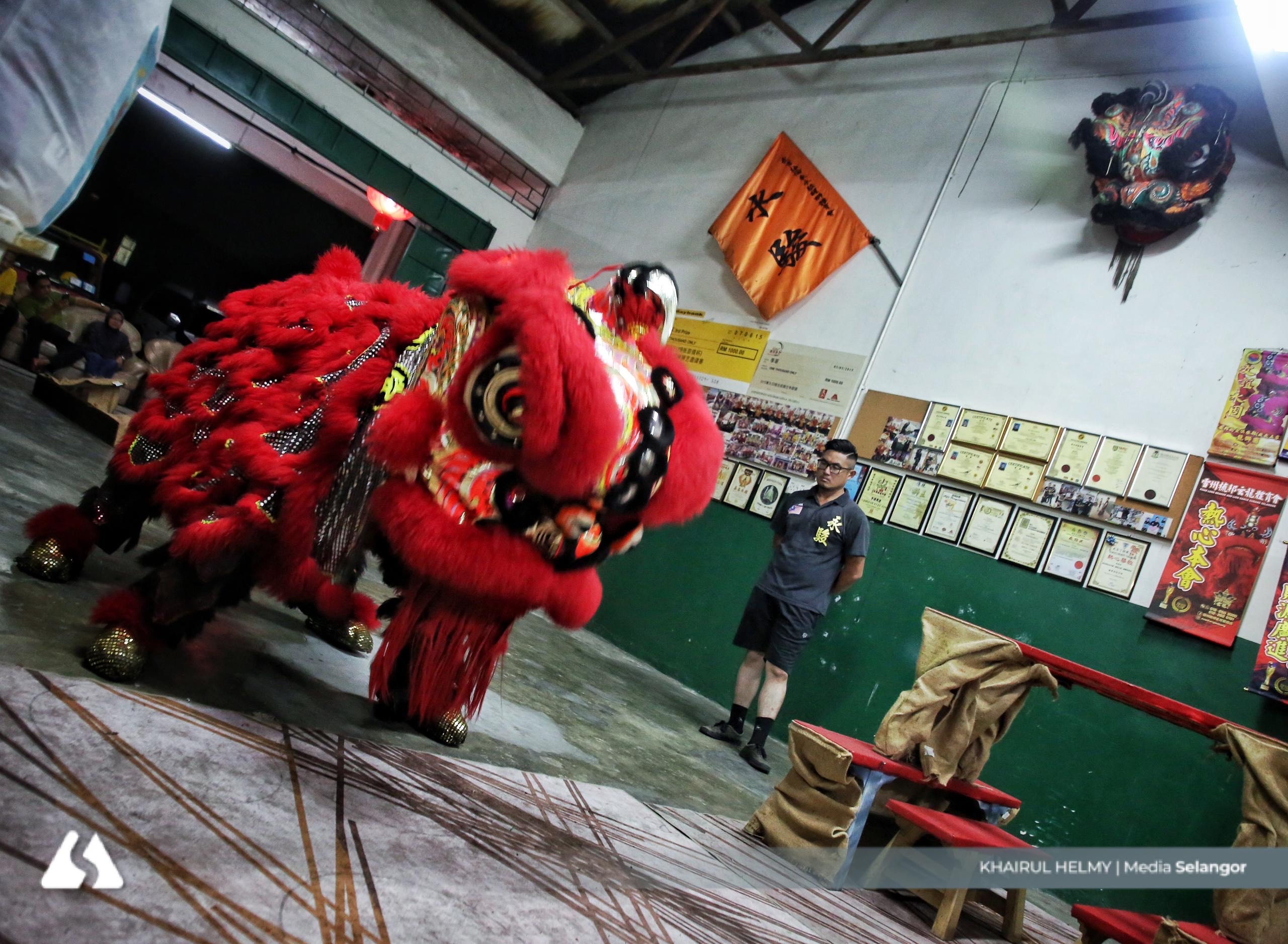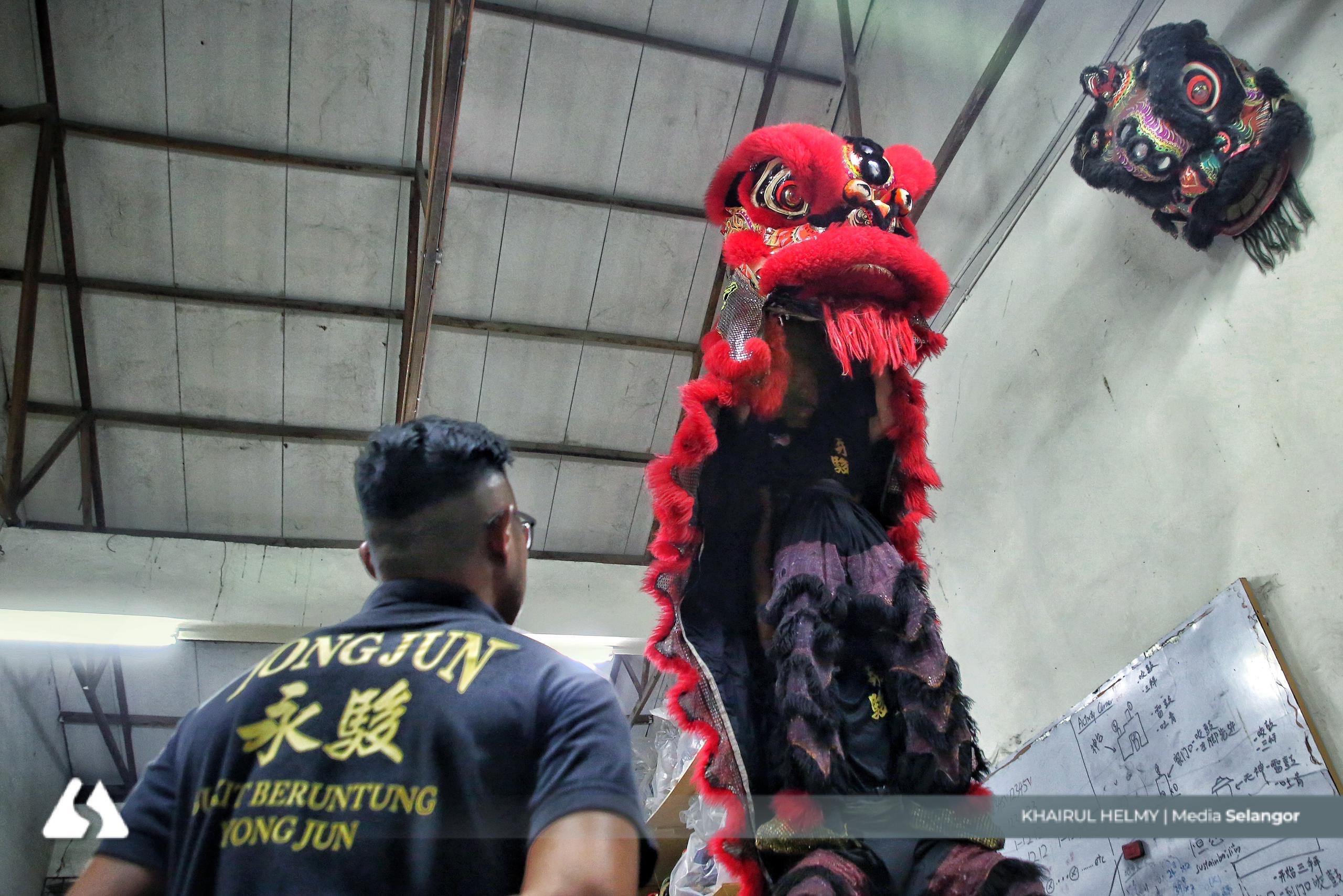HULU SELANGOR, Aug 30 — As night falls, the beat of drums and gongs shatters the silence. Each synchronised step transcends the boundaries of race.
In lion dance, it is not merely art being performed, but the Malaysian spirit alive in diversity.
At Bukit Beruntung, a group of multiracial youths gathers every week. Dressed in training uniforms, they pour their hearts into every leap, landing and strike.
They are members of the Yong Jun Lion Dance Bukit Beruntung troupe, a team that has turned lion dance into a language of unity.
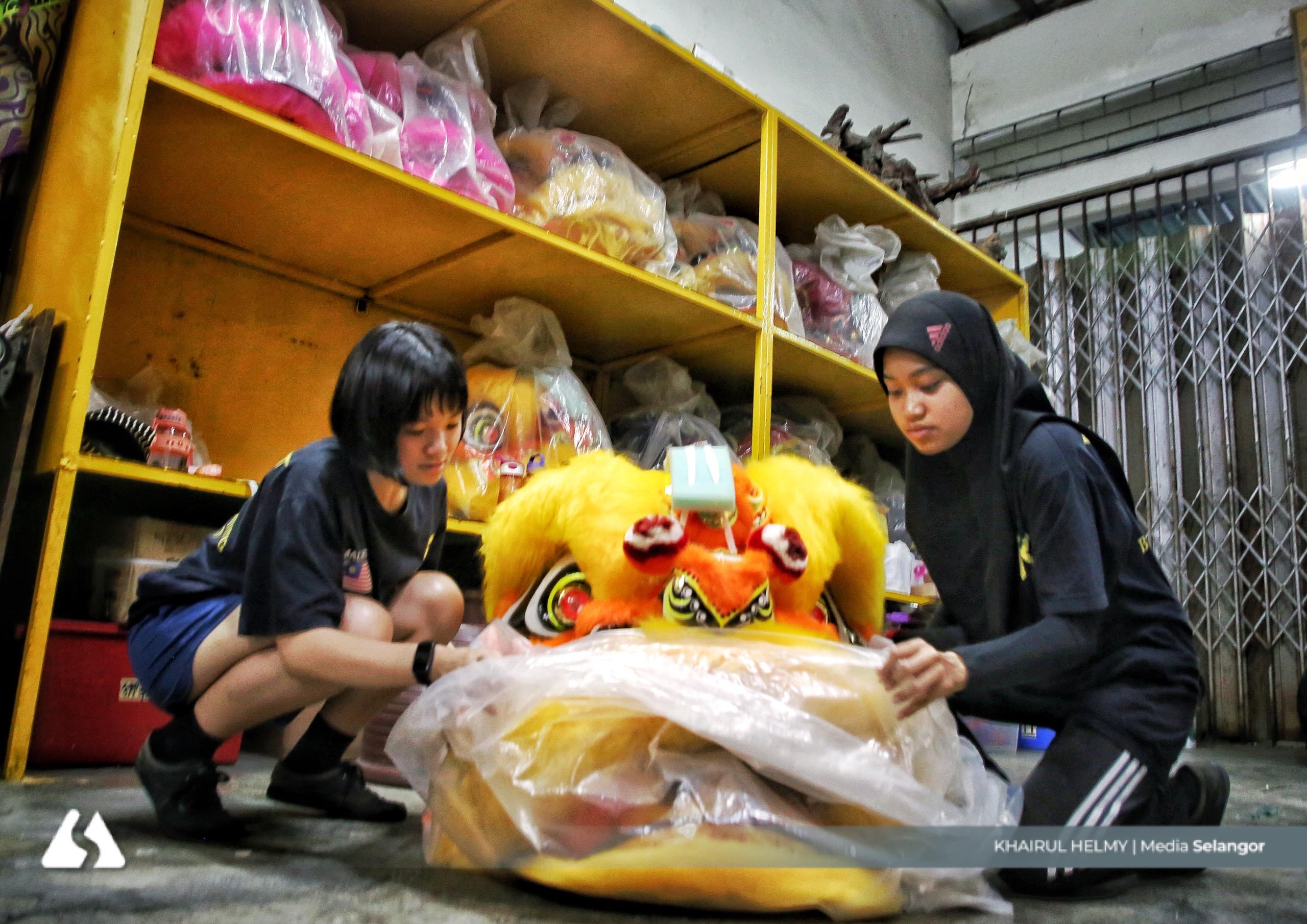
A second home
For Khairunnisa Adawiyah, 16, the troupe is like her second home. Having joined in 2018, the petite teenager is now the lead drummer.
“My parents were initially hesitant because of cultural differences. But once they understood that lion dance is not about religion, they gave me their blessing,” she said.
Tears once fell as Khairunnisa's small frame struggled to lift the heavy gong and master the techniques. Yet perseverance kept her going.
“I used to be quiet and shy. Now I am more confident. It is all because of the support of my friends. This is my second home,” she said.
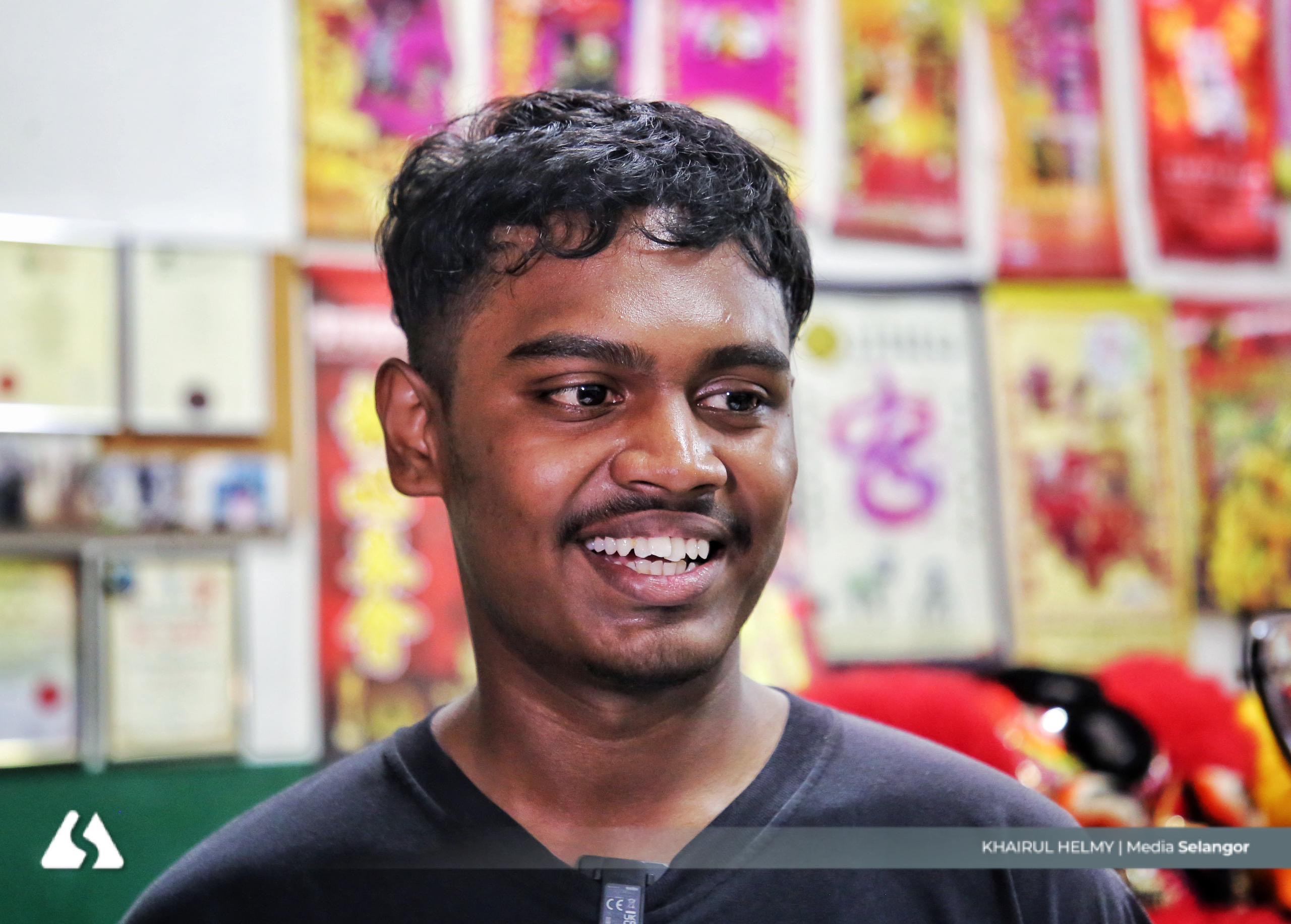
Sharvin Rao, 19, admitted that carrying the lion’s head and tail is always challenging. He was once punished for making a mistake, but to him, the trainer is like a second father — strict in teaching yet full of care.
“I have changed a lot, from being reserved to becoming braver. The best memory was when our team won an award. My parents have always supported me,” said the young mechanic.
Meanwhile, Yap Zi Qing, 15, who began training at the age of seven, regards each performance as a treasured memory.
“The most exciting part is when we all ride together on the lorry to the performance venue. Here I have learnt respect and not to give up easily,” she said.
To Yap, lion dance is not just an art form, but a medium that forges cross-cultural friendships, nurtures respect and teaches the meaning of perseverance.
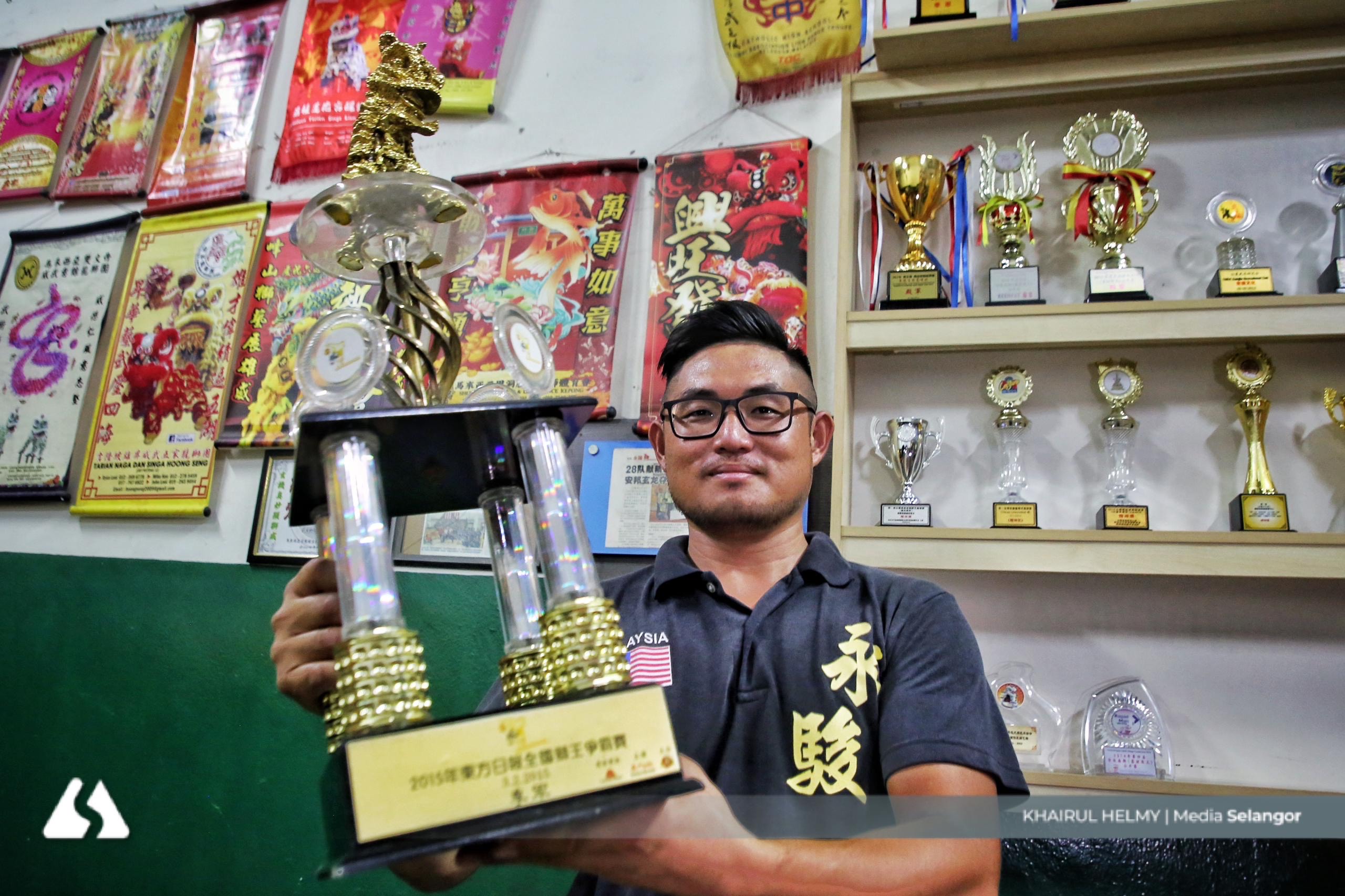
Discipline and harmony
The troupe was founded in 2013 by Chan Yong Zhen, 34, who continued his father’s legacy of offering temple space as a training ground.
From 2016, he actively recruited new members from Chinese primary schools, successfully attracting Malay and Indian children as well.
“When you put on the lion costume, everyone becomes one team. There are no racial differences. What matters is discipline, harmony and togetherness,” Chan said.
Today, their performances are no longer limited to competitions. They are invited to shopping centres and even to the homes of Malay friends. Their dances never fail to spark excitement and thunderous applause.
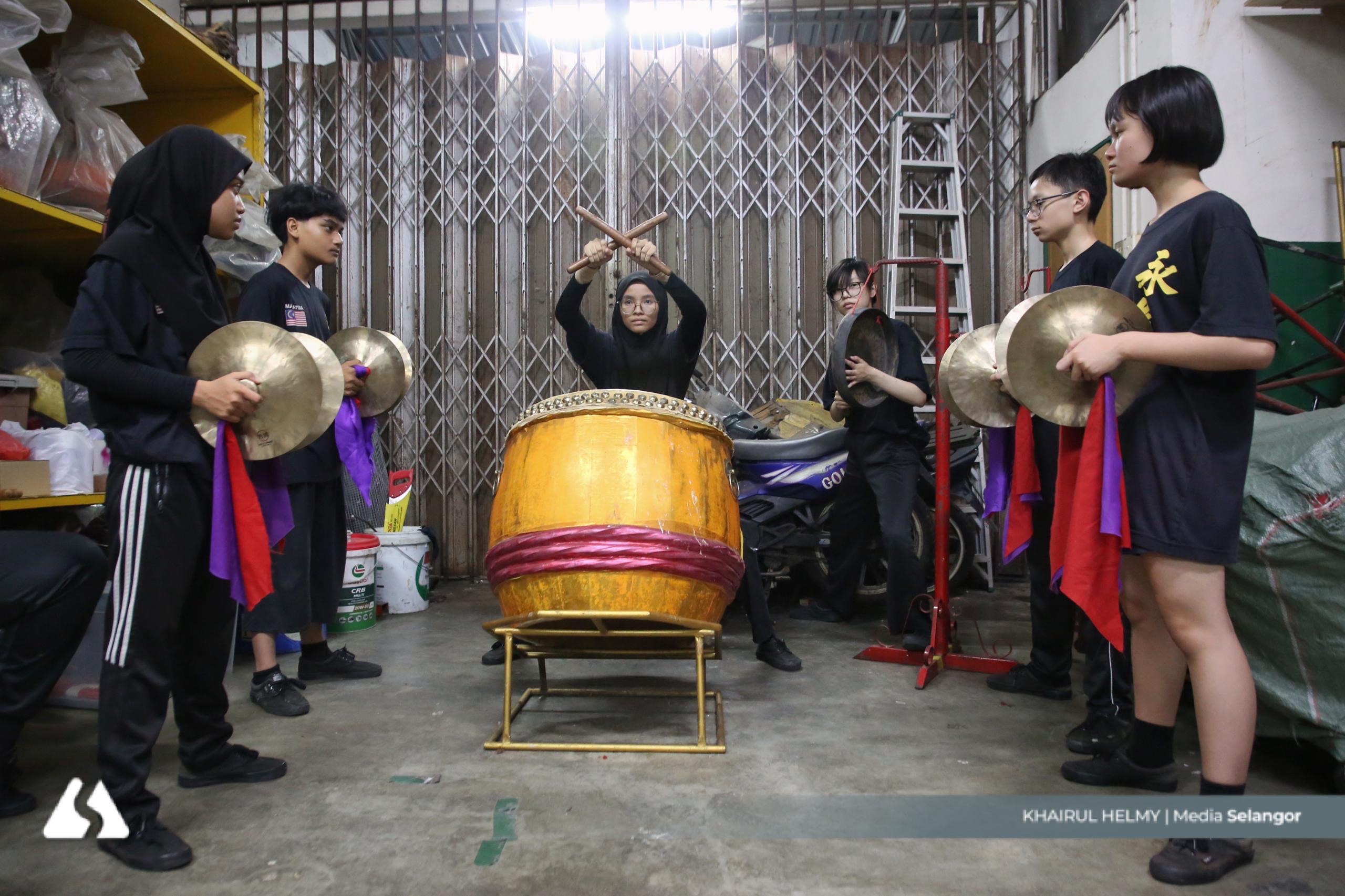
Proof of unity
For Faizal Salehudin, 55, a father of six with two children in the troupe, it is a proud fulfilment of a lifelong dream.
“Since I was young, I have loved lion dance, but I never had the chance to join. Now my children are living that dream for me.
“Lion dance is a cultural symbol, not a religious one. I love seeing people of different races performing together. This is the true face of Malaysia,” he said.
Since Faizal's children joined, they have become more disciplined. He himself now regards the trainer as family.

At the training ground, every member stands tall and salutes the trainer. Regardless of race, they learn each other’s customs, celebrate festivals together and support one another.
“From this small community, Chinese culture is introduced, and others come to know lion dance. This is the true success that makes me proud,” said Chan.
As the drumbeats gradually fade, several Malay parents wait patiently at the sidelines. Smiles spread across their faces as they watched their children finish training.
Behind the lion’s head and tail, there are no more dividing lines. Only one team, one harmony and one spirit of unity that continues to flourish within this small community.
